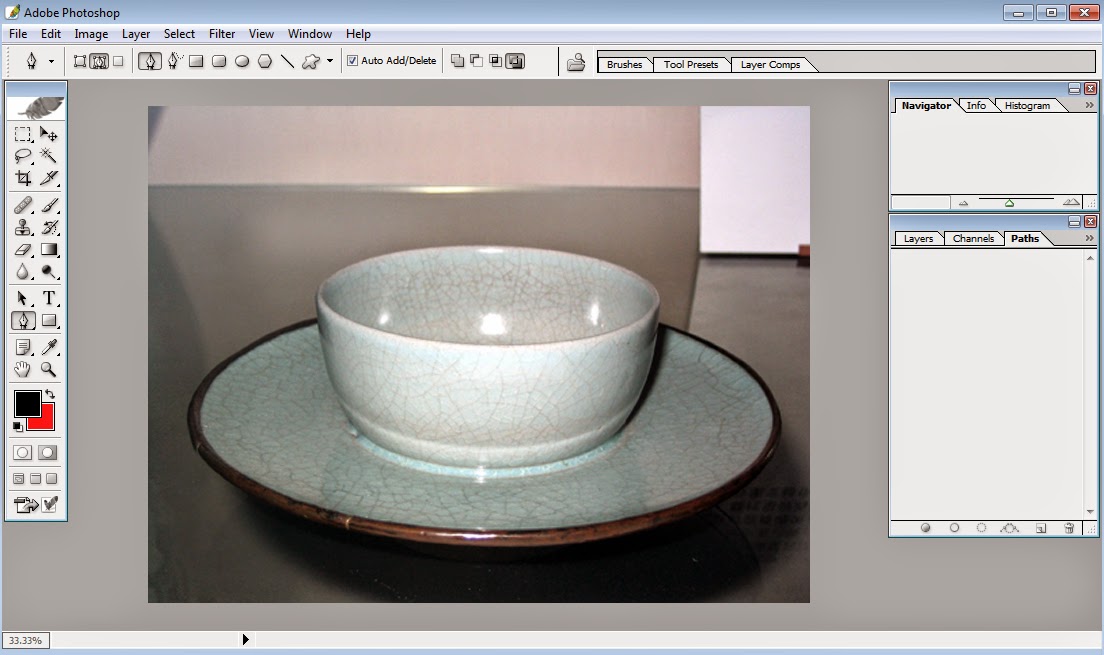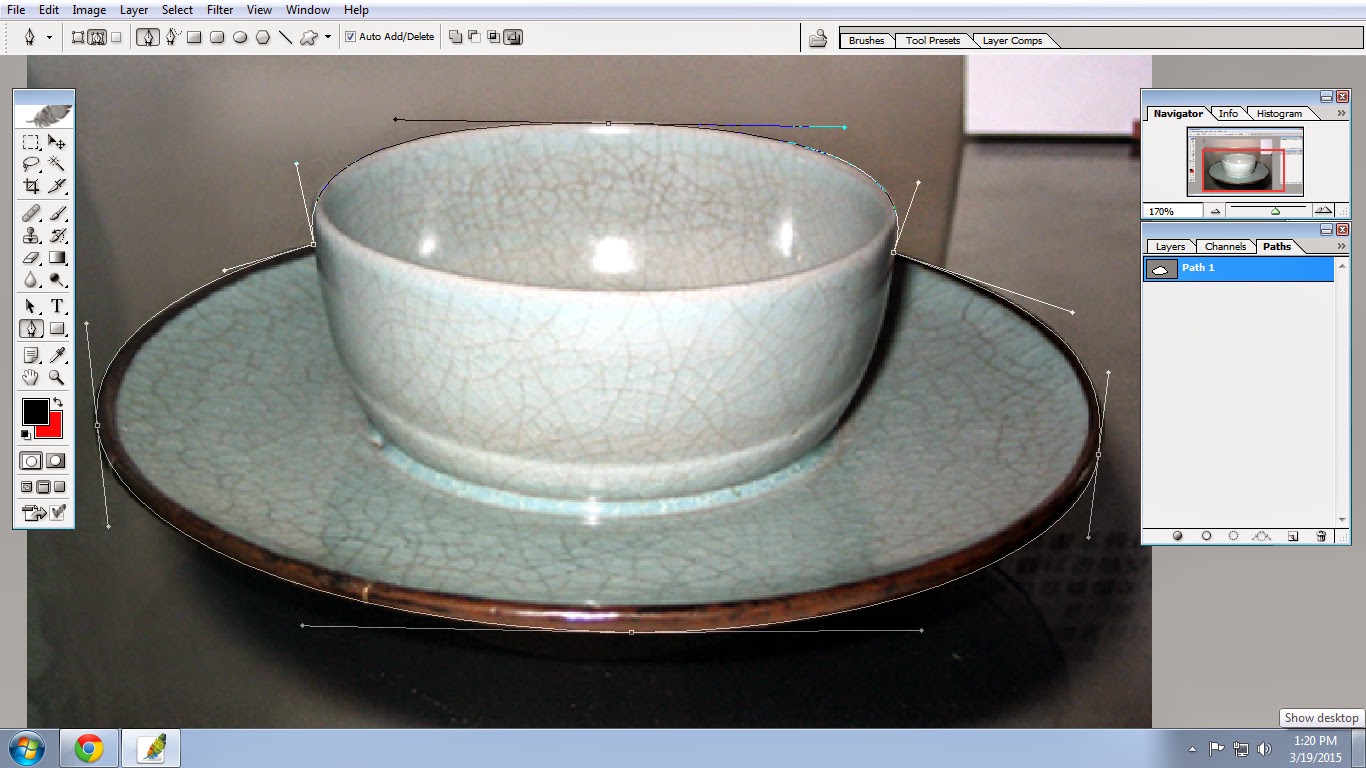Masking is one of those methods that will change the way you utilize Photoshop. Understanding this method can help you to bounce from being an apprentice level Photoshop client, to a more propelled one.
 |
| Clipping Masks and Layer Masks |
There are two essential sorts of masks: clipping masks and layer masks. These two methods are closely related in idea, however altogether different in application. How about we begin by examining layer masks, which are for the most part what individuals, are alluding to when you hear them talk about Photoshop masking.
When you add a mask to a layer, it covers the whole thing with an imperceptible gray-scale canvas. There are approaches to see it that we’ll look at later however simply realize that when in doubt, applying a cover to a layer won’t bring on any prompt visual contrasts unless you have a dynamic choice at the time.
Clipping masks are fundamentally the same as layer covers just they utilize one layer to decide the straightforwardness of another. In this situation, you stack two layers on top of each other with the base being the deciding component of the straightforwardness of the top.
Most strong masks require a glue to hold the mask set up while work is performed. A few, for example, veiling tape and frisked, accompany cement pre-connected. Strong covers are promptly accessible in mass and are utilized as a part of vast painting employments.
To avail Quality masking services you can rely on us. We are comfortable with all masking techniques and can produce optimum result for your image/photo masking needs.
Feel free to contact us for any questions or query.
Feel free to contact us for any questions or query.
To know more about channel masking in Photoshop applying clipping path first, watch this video


























